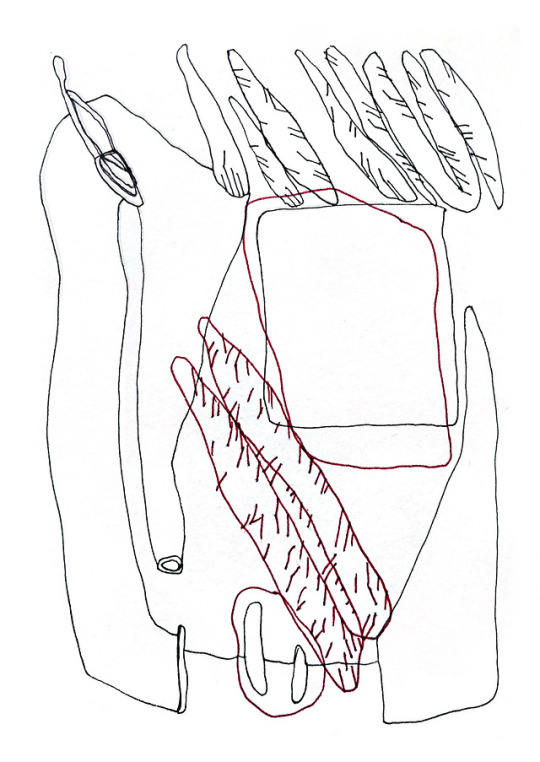#geometrymatters
Photo
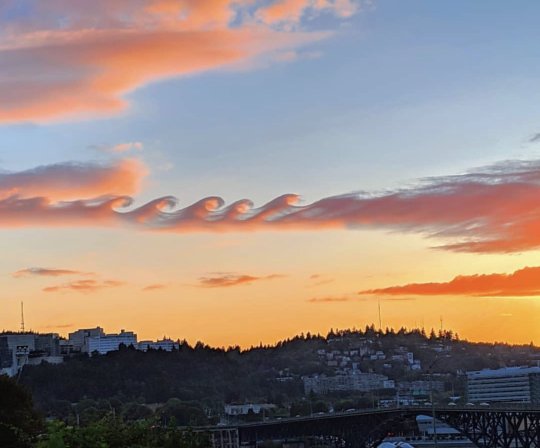

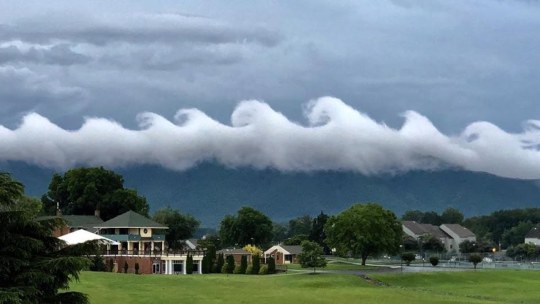
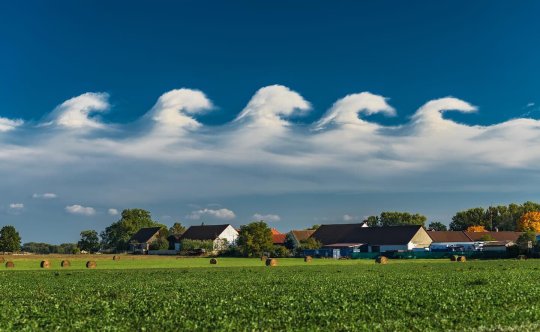
Kelvin-Helmholtz clouds
are also known as "rotor clouds" and their spiraling pattern is the effect of a cloud generating a billowing wave pattern, which is a very rare occurrence. They happen when there is a severe vertical shear between two air streams, producing the upper-level winds to blow faster than the lower-level winds.
Images © WSLS 10, Dave Throup, Vivian Knezevich
13K notes
·
View notes
Text
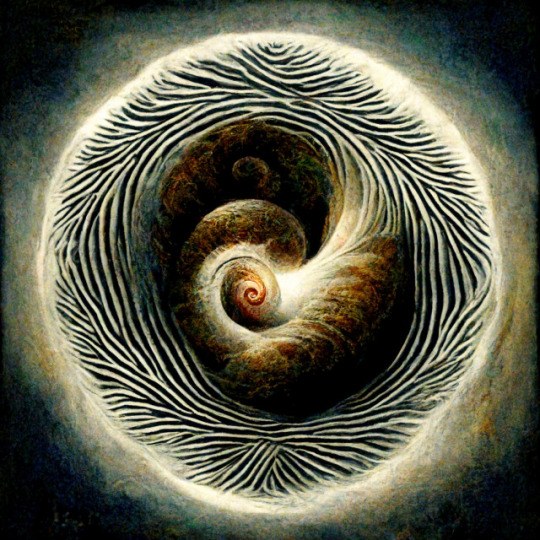
Physics imagined by Midjourney. Imploding into a black hole
via geometrymatters
7 notes
·
View notes
Photo

geometrymatters: Fibonacci trefoil© Rafael Araujo https://ift.tt/2FguxaQ
66 notes
·
View notes
Photo
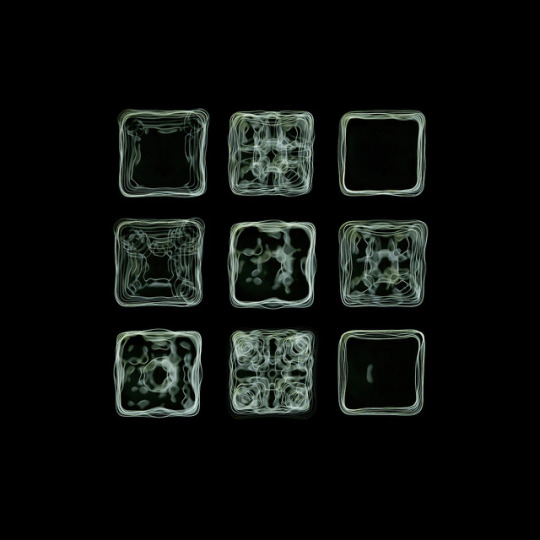
Linden Gledhill
source: http://www.lindengledhill.com/
via parametricworld reblogged geometrymatters
169 notes
·
View notes
Photo

geometrymatters: Ernst Chladni Klangfiguren, 1787 One of... wallpaper engine
0 notes
Link
0 notes
Text
Can you see the spinning dodecahedron? pause the video and it disappears
via Matt Henderson
73 notes
·
View notes
Text

The Neurogeometry of Perception: A Journey into Geometric Cognition
In the realm of cognitive science and neurology, there exists a fascinating intersection where geometry meets perception, aptly termed “neurogeometry”. This interdisciplinary field seeks to understand how our brains process and interpret the visual world through geometric structures and patterns. Alessandro Sarti and Giovanna Citti, prominent figures in this domain, have extensively explored the fundamental principles of neurogeometry, uncovering the intricate relationship between the architecture of our brains and the geometric forms we perceive.
“Neurogeometry” is not merely a fusion of “neuroscience” and “geometry”. It’s an ambitious endeavor to model the functional architecture of the primary visual cortex and understand how geometric patterns underpin our visual processing. As described by Sarti and Citti,
“We remind some basic principles of the neurogeometrical approach as it has been proposed by various researchers to model the functional architecture of the primary visual cortex.”
This statement underscores the comprehensive nature of the approach and its foundational importance in cognitive science. The very essence of neurogeometry lies in its quest to unravel the architectural blueprint of our perceptual processes. Our brains, complex and intricate, are not just passive receivers of visual stimuli. Instead, they actively construct a coherent understanding of the world through geometric frameworks. Every curve we perceive, every angle we discern, and every spatial relationship we recognize is a testament to the brain’s inherent ability to process the world geometrically. Neurogeometry, therefore, serves as a bridge, connecting the abstract realm of geometric shapes and patterns to the tangible reality of neural processes.
Continue reading →
#geometry#geometrymatters#geometriccognition#cognitivegeometry#science#research#academia#study#perception#neurogeometry#lie group
87 notes
·
View notes
Photo





A Salp is a barrel-shaped, planktic tunicate (marine invertebrate animal)
In salp swarms, all the salps are moving in respect to each other such that all the followers move towards the leading salp. In some cases, this behaviour leads to the formation of a spiral shaped colony.
.
Images © Richard Hermann, Chris Vyvyan-Robinson, Kevin Lee
572 notes
·
View notes
Text
Tatyana O. Sharpee’s work in the realm of geometric cognition—a field dedicated to understanding how the brain interprets and represents spatial information—has yielded groundbreaking insights into how our minds map the world around us. Continuing her previous argument for hyperbolic geometry in neural circuits, the recent paper, co-authored with Huanqiu Zhang, P. Dylan Rich, and Albert K. Lee, sheds light on the hyperbolic geometry of hippocampal spatial representations.
The hippocampus, a crucial part of the brain involved in memory and spatial navigation, houses ‘place cells’—neurons that fire when an animal is in a particular location. The geometry of these spatial representations, however, has remained largely unknown. Breaking new ground, Sharpee and her team reveal that the hippocampus does not represent space according to a linear geometry, as might be expected. Instead, they discovered a hyperbolic representation.
We investigated whether hyperbolic geometry underlies neural networks by analyzing the responses of sets of neurons from the dorsal CA1 region of the hippocampus. This region is considered essential for spatial representation and trajectory planning.
Imagine holding a map of your city. A linear representation would be akin to the map’s scale, where an inch on paper corresponds to a fixed number of miles in reality. A hyperbolic representation, in contrast, changes the scale depending on where you are on the map. The implications of this discovery are profound. A hyperbolic representation provides more positional information than a linear one, potentially aiding in complex navigation tasks.
This hyperbolic representation isn’t static—it dynamically expands with experience. As an animal spends more time exploring its environment, the spatial representations in its brain expand. The expansion is proportional to the logarithm of time spent exploring, suggesting our brains continually refine our spatial maps based on our experiences. As we spend more time in an area, our mental map of that area becomes more detailed and expansive. This dynamic updating could be crucial for efficiently navigating familiar environments.
Continue Reading
#geometriccognition#cognitivegeometry#geometry#geometrymatters#science#research#academia#neural#hyperbolic#study
31 notes
·
View notes
Text
The human brain is a complex organ responsible for various cognitive functions. Scientists from the University of Sydney and Fudan University have made a significant discovery regarding brain signals that traverse the outer layer of neural tissue and form spiral patterns. These spirals, observed during both resting and cognitive states, have been found to play a crucial role in organizing brain activity and cognitive processing.
The research study, published in Nature Human Behaviour, focuses on the identification and analysis of spiral-shaped brain signals and their implications for understanding brain dynamics and functions. The study utilized functional magnetic resonance imaging (fMRI) brain scans of 100 young adults to observe and analyze these brain signals. By adapting methods used in understanding complex wave patterns in turbulence, the researchers successfully identified and characterized the spiral patterns observed on the cortex.
Our study suggests that gaining insights into how the spirals are related to cognitive processing could significantly enhance our understanding of the dynamics and functions of the brain. —Associate Professor Pulin Gong
Continue reading
#geometriccognition#cognitivegeometry#geometry#geometrymatters#research#science#academia#neural#study
44 notes
·
View notes
Text
In the growing field of geometric cognition, one name stands out due to her significant contributions: Elizabeth Spelke. A Professor of Psychology at Harvard University, Spelke is known for her pioneering work on the cognitive development of infants and children. Her research has provided fundamental insights into how young minds perceive and understand the world around them.
One of Spelke’s most influential research areas involves understanding how human beings, from infancy,��comprehend the geometric properties of the world. This work has been instrumental in shaping the field of geometric cognition, a branch of cognitive science that studies how people understand, perceive, and reason about geometry and space.
Spelke and her collaborators have proposed a fascinating theory: that humans possess innate geometric abilities that emerge early in infancy and form the foundation of our understanding of the physical world. This suggests that geometry is not merely a mathematical concept taught in school but a universal mental construction inherent to the human brain.
In the “Geometry as a Universal Mental Construction,” chapter (from “Stanislas Dehaene & Elizabeth Brannon, Space, Time and Number in the Brain ) co-authored with Véronique Izard, Pierre Pica, Stanislas Dehaene, and Danielle Hinchey, Spelke delves deeper into this theory. They present compelling evidence supporting their idea, drawn from studies conducted across different cultures and age groups.
The team begins their exploration by discussing the broad concept of geometry and its universal presence. They state, “The study of geometry concerns the properties of space, as revealed through the shapes and relative positions of objects”. This statement indicates that geometry is not limited to academic contexts but is deeply interwoven with our day-to-day perception of the world.
The researchers argue that humans and many animal species share an intuitive understanding of basic geometric principles. This understanding guides their interactions with the environment and aids in navigation. Furthermore, this geometric intuition seems to be innate, surfacing in infancy long before formal education begins.
Continue Reading
39 notes
·
View notes
Text
For over a century, wave equations of physical systems have played a pivotal role in understanding diverse phenomena, ranging from Schrödinger’s model of the atom to the neural field theory of the brain. These mathematical representations predict that the expressed energy of a system is confined into natural modes or ‘eigenstates’, largely determined by the system’s geometry. The implication of these eigenstates transcends the realm of atomic structures, providing a theoretical framework that finds resonance in the dynamics of the human brain.
In a groundbreaking study by Pang et al. (2023), solutions to the Helmholtz equation applied on the cortical geometry have been shown to outperform competing approaches across a wide array of tasks and resting state fMRI data. This comes as a significant development, as the Helmholtz equation, originally formulated in the context of wave propagation and harmonics, finds a novel application in the realm of neuroscience. The promise it holds is to illuminate the complex structure and function of the brain through a fresh lens, one that emphasizes geometric constraints.
This paper shows that solutions of the Helmholtz equation on the cortical geometry outperform competing approaches across a diverse range of task & resting state fMRI data. — Michael Breakspear
Remarkably, the application of geometric modes is not confined to the cortical surface alone. They extend into subcortical structures, presenting a striking correspondence with patterns of subcortical functional connectivity. This uncovers a new facet of the brain’s functional network, suggesting that the geometric principles that govern cortical activity may also apply to deeper, subcortical regions. This is a potential game-changer for understanding the intricate dynamics of the human brain.
Continue Reading
#geometriccognition#cognitivegeometry#geometry#geometrymatters#research#science#academia#study#neural
36 notes
·
View notes
Link
Some community parks are square, reflecting the city block where they are located — but irregularly shaped parks reduce the mortality risk of residents who live nearby, according to a study conducted by Huaquing Wang, a Ph.D. student in Urban and Regional Sciences, and Lou Tassinary, professor of visualization.
“Nearly all studies investigating the effects of natural environments on human health are focused on the amount of a community’s green space,” said the scholars in a paper describing their project. “We found that the shape or form of green space has an important role in this association.”
Wang and Tassinary conducted statistical studies on Philadelphia land cover data in order to examine the relationships between landscape spatial indicators and health outcomes. Residents in census tracts with more linked, aggregated, and complex-shaped greenspaces had a reduced mortality risk, according to the researchers.
Continue Reading
#geometry#geometrymatters#geometriccognition#cognitivegeometry#cognition#architecture#urbanism#health#healthcare#statistic#science#math#research#study#information#knowledge
51 notes
·
View notes
